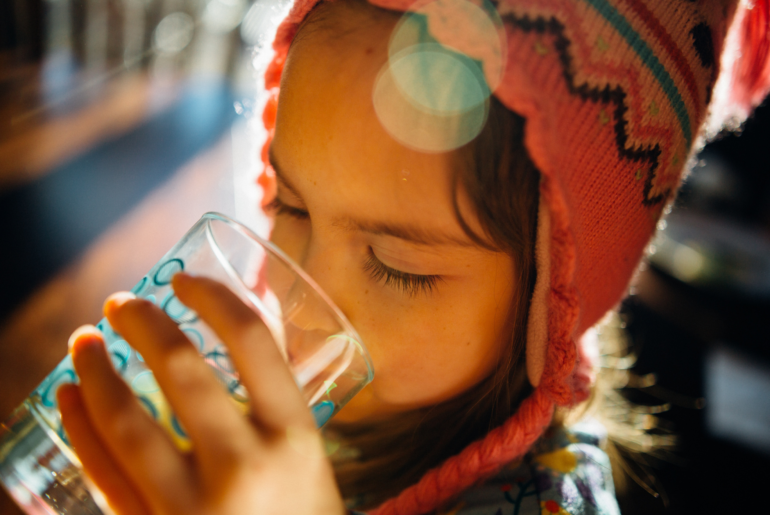If you’ve ever poured your children a glass of water — or you’ve heard about the water crisis in Flint, Michigan — and thought, “I’m glad I don’t have to worry about the water where I live,” that may not necessarily be the case.
The Environmental Protection Agency’s (EPA) most recent proposal for regulating lead in drinking water leaves millions of American children exposed to dangerous levels of the highly potent neurotoxin, which can cause permanent brain damage, warns the Environmental Working Group (EWG). The new proposal includes changes to regulations on the amount of lead in pipes that deliver water to our homes but does nothing about the amount of lead in actual drinking water, leaving it at 15 parts per billion, or ppb. That’s far more than the 1 ppb the American Academy of Pediatrics (AAP) has long recommended.
Lead’s lasting damage
Infants, young children, and pregnant women are most at risk from exposure to lead. From diminished IQ to behavior problems, lead exposure during childhood can cause lasting damage. And because lead is stored in the bones, it can be released during pregnancy or nursing, which means the contaminant can pass from mother to baby.
As a result, public health groups such as the Natural Resources Defense Council and the Environmental Defense Fund have joined the AAP and EWG in advocating for more stringent regulations. In fact, in 2016 the AAP called for a nationwide commitment to eliminating all sources of lead exposure for children, not just drinking water.
Unfortunately, none of this is reflected in the current EPA proposal.
“Instead of proposing a plan to protect children from the often lifelong damage caused by lead exposure, the Trump EPA is leaving communities to deal with the lead crisis on their own,” said Olga Naidenko, Ph.D., EWG’s vice president for science investigations, in a statement. “In the most powerful country in the world, it should not be too much to ask that our children can grow up in a lead-free environment.”
The good news is there are things you can do to protect yourself and your family.
To be safe, experts recommend opting for bottled water from reputable brands such as Evian, Voss, and Smartwater, or using a water filter to ensure all contaminants are removed. You can also try running the water for at least 30 seconds before drinking it or cooking with it if it hasn’t been turned on for several hours, and use only cold tap water for cooking, drinking, and making a baby’s formula.
This handy tool from the EWG allows you to plug in your zip code to see contaminant levels in your area. You can also get more information from the Centers for Disease Control and Prevention, or request the Consumer Confidence Report from the EPA, which all community water systems are required to publish annually.







